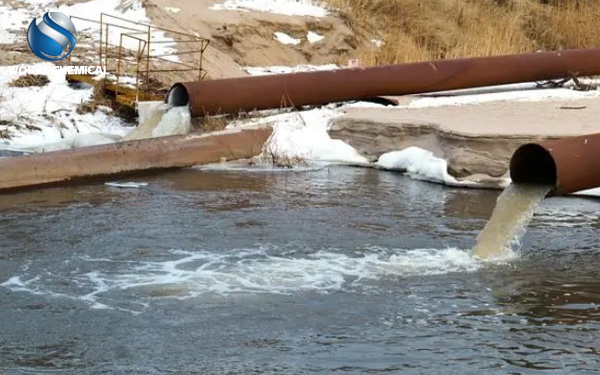
Sewage treatment sludge generally contains a lot of organic matter, and the moisture content is very high, if the direct landfill, not only occupy land resources, but also pollute the environment, then how to effectively dehydrate the sludge? Sludge dewatering agent is a very important link, the general sewage sludge belong to the high content of organic substances, if the direct landfill is certainly not desirable, need to be treated, so after the choice of good agents need to be reasonable use, in order to play its due effect.

Polyaluminum chloride
Polyaluminum chloride is also a kind of agent often used in our daily life, which is characterized by high aluminum content, good flocculation effect, and non-toxic hydrolysis products, so it is relatively safe when used.
Second, sludge conditioner
It can fully break the walls of the organic biomass in the sludge, release water, and then flocculate and dehydrate. Small dosage, high dehydration efficiency. Facilitate sludge reduction through dewatering equipment. At the same time, the microstructure of the dehydrated mud cake is loose and breathable, which is very suitable for further drying treatment.
The new sludge conditioner can reduce the sludge moisture content to 40%-60%. Sludge dehydrating agent is a kind of chemical agent which can change the surface structure of sludge, reduce the solid surface load of sludge, reduce the specific surface area of sludge and destroy the structure of bacteria. The main components of sludge dewatering agent are inorganic compounds, sludge surface structure modifier, degreaser, wall breaking agent, sludge surface treatment agent, sludge stripping agent, etc. Sludge dewatering bottleneck can achieve efficient concentration and dewatering, good treatment effect, high cost performance.
Sludge dewatering agent is widely used in the dewatering treatment of sludge in various industries such as living, printing and dyeing, paper making, oil field and mineral processing. Combined with the plate and frame mud press, the sludge moisture content can be reduced from more than 90% to 40%-60%, and the sludge reduction can be fully realized. The sludge is conditioned by sludge dewatering agent into the filter chamber of the filter press, and the pressure is about 1.0MP, which is conducive to effectively filtering the free water in the sludge. After the accumulated sludge in the filter chamber reaches the design capacity of the filter press, it enters the high-pressure press stage.
The final dryness of the press dehydrated sludge is closely related to the effect of chemical conditioning modification, the filling degree of the press chamber, the increase rate of press pressure and the holding time of press pressure. When the chemical conditioning achieves better results, the use of high pressure feeding and high pressure pressing can shorten the time of the entire pressing section and improve production efficiency. Automatic discharge of filter material (filter cloth) and backwashing are completed at the same time, which can reduce the labor intensity of the controller, but also improve the efficiency of the completion of the action, and maintain the filter effect of the cloth to intercept sludge and permeable water.
Third, cationic polyacrylamide
Cationic polyacrylamide is mainly through its flocculation to achieve sludge dehydration, cationic polyacrylamide is generally used for sludge pre-dewatering, water treatment flocculant one of the main types, in addition to he can also be used in other sludge dewatering agents, chemical additives, heavy metal treatment and so on.
4. Aluminum sulfate
Aluminum sulfate is an inorganic compound that can be divided into three series: high aluminate and low aluminate.
The dehydration effect of aluminum sulfate is very good, but its price is also relatively expensive, aluminum sulfate can dehydrate the sludge in a short time, but the destruction of organic matter in the wastewater is relatively large, which is also the reason why many people use aluminum sulfate to dehydrate.
Five, polyferric sulfate
Polyferric sulfate, also known as polyferric salt, is an inorganic polymer coagulant, due to polymerization produced by the new solution for deep red or red brown viscous liquid, the maximum particle size of the suspended solid particles in the water is generally 10-30μm.
The dehydration performance of polyferric sulfate is good, and the dehydration rate can reach more than 90%, which is suitable for drinking water, domestic water and various industrial wastewater. It can also be used as coagulant aid and coagulant. Mainly used for drinking water purification, sewage treatment, industrial wastewater and domestic sewage treatment.